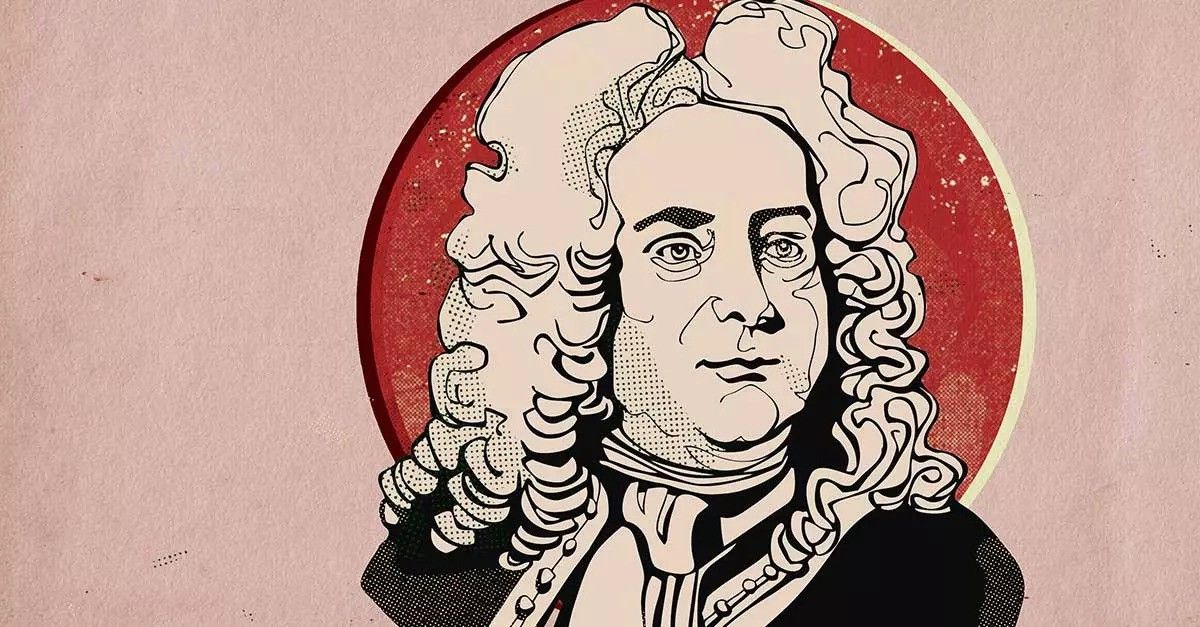THE STORY BEHIND: R. Strauss' "Till Eulenspiegel's Merry Pranks"
Share
On May 21, Bramwell Tovey, Tania Miller, Nathaniel Efthimiou and the Rhode Island Philharmonic Orchestra will present A Joyful Future with violinist Ray Chen.
THE STORY BEHIND: R. Strauss' Till Eulenspiegel's Merry Pranks
Title:
Till Eulenspiegel's Merry Pranks, TrV 171, op.28
Composer: Richard Strauss (1864-1949)
Last time performed by the Rhode Island Philharmonic:
Last performed February 27, 2010 with Larry Rachleff conducting. This piece is scored for three flutes, piccolo, three oboes, English horn, two clarinets, D clarinet, bass clarinet, three bassoons, contrabassoon, four horns, three trumpets, three trombones, tuba, timpani and strings.

The Story:
Till Eulenspiegel was an actual historical character of the 14th century. His reputation for practical jokes and roguish adventures defying all authority were documented in German literature of the early 16th century. Richard Strauss originally became interested in Till as the subject of an opera. However, the 1894 failure of his opera
Guntram
may have soured him on the idea of a new operatic project. At the time, Strauss was enjoying considerable success as a composer of symphonic poems, so reshaping his ideas to fit that genre was natural for him. By May 1895, he had completed the score to
Till Eulenspiegel’s Merry Pranks, destined to become one of his best-loved orchestral works.
Strauss’s own notations in the score guide us through the story (here translated by Norman Del Mar). The string introduction tells us, “Once upon a time there was a roguish jester.” With the two Till themes — the now famous comic-heroic horn call and the jaunty whistling theme heard in the piccolo clarinet — Strauss continues, “whose name was Till Eulenspiegel — a real scamp.” These themes return repeatedly but transformed each time.
Till’s first adventure comes with a “Hop! On horseback straight through the market women.” Till rides destructively, creating confusion and escaping “off and away in seven-league boots.” He checks to see if the coast is clear then reappears. “Dressed as a priest, he oozes unction and morality. Yet the rogue peeps out of the big toe.” Suddenly, “he is seized with a horrid premonition about the outcome of his mockery of religion.” Next comes “Till the cavalier, exchanging sweet courtesies with beautiful girls,” until he falls in love and learns that “a delicate jilt is still a jilt. He vows he will take revenge on all mankind.” Till then finds himself in the midst of learned academics. “After he has posed a few atrocious theses to the philistines, he leaves them to their fate dumbfounded.”
The final section works up to Till’s trial for blasphemy during which he is “still whistling to himself with indifference.” The sentence is passed, and Strauss portrays the execution in grisly detail. “Up the ladder with him! There, he dangles; the breath leaves his body; the last convulsion and Till’s mortal self is finished.” In an epilogue, the “Once upon a time” music returns, as if to say that this has been merely an entertaining tale.
Program Notes by Dr. Michael Fink © 2022 ALL RIGHTS RESERVED
Tickets start at $35! Click HERE or call 401-248-7000 to purchase today!







